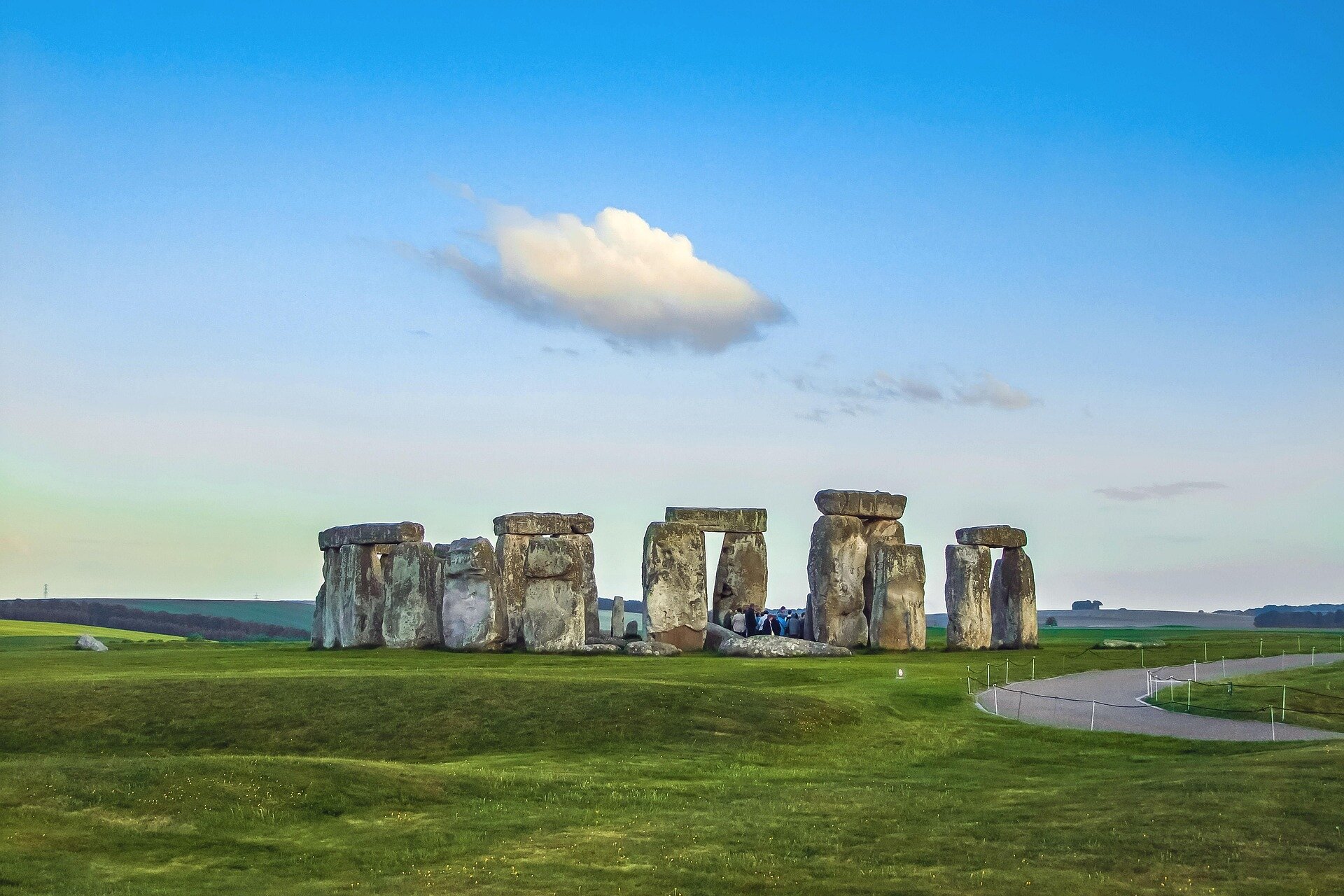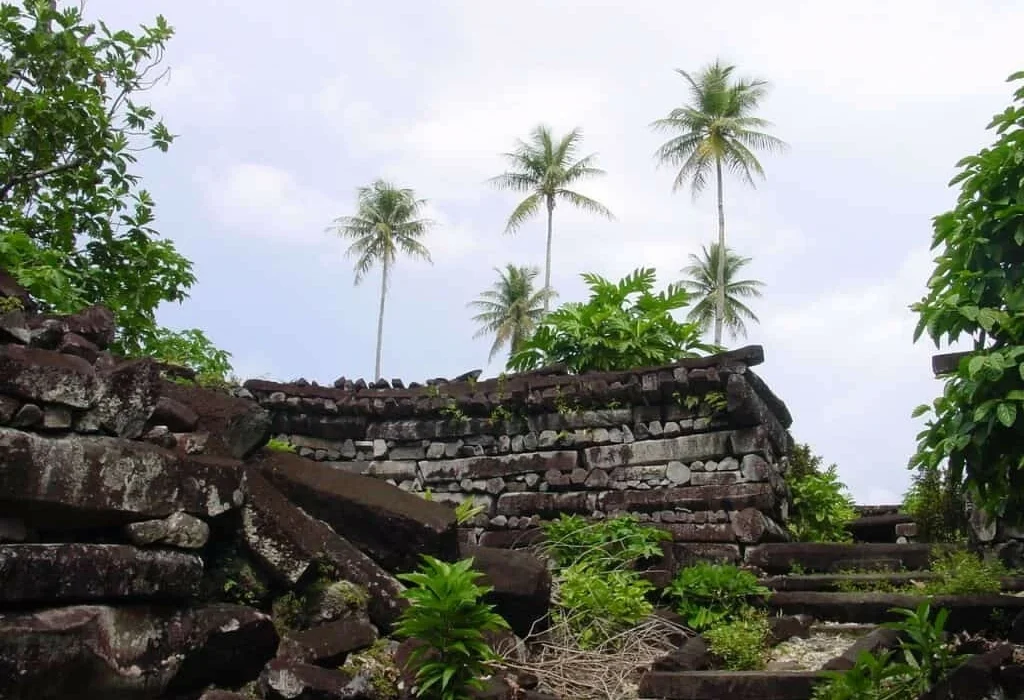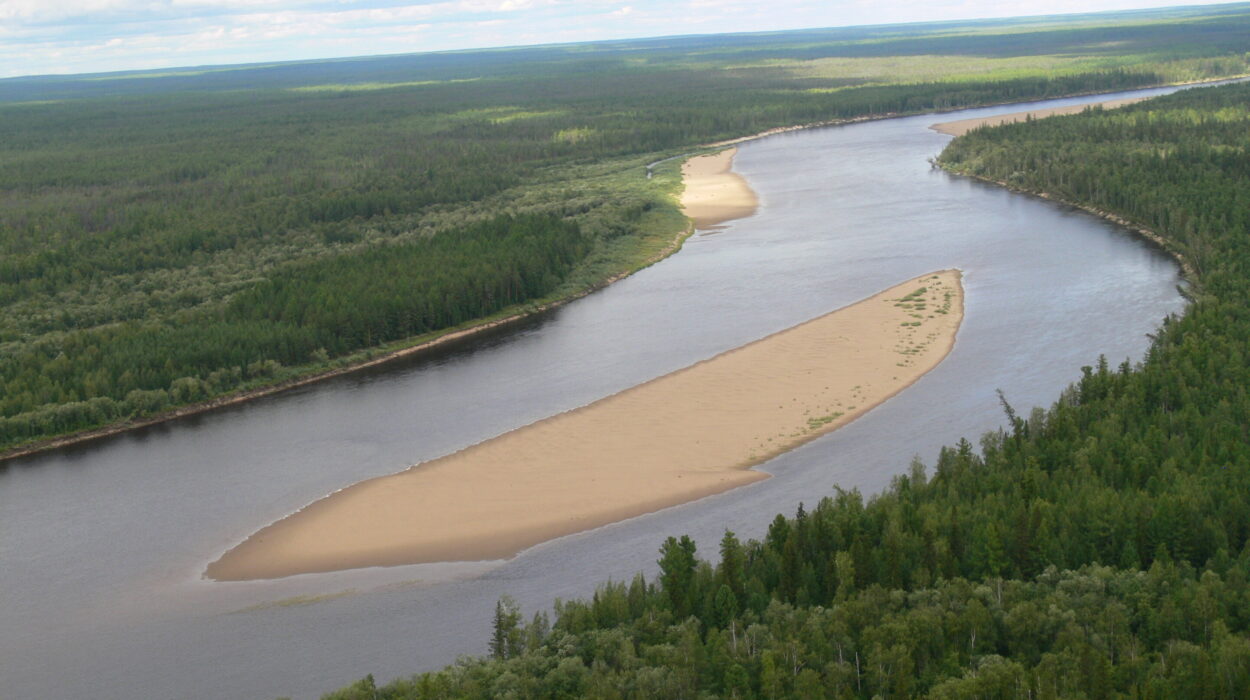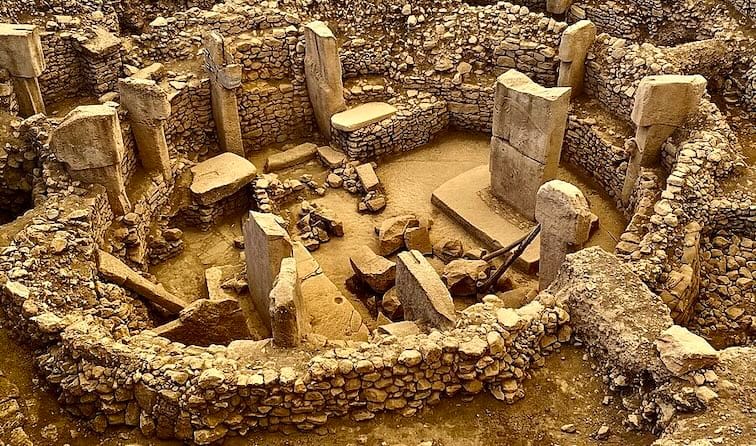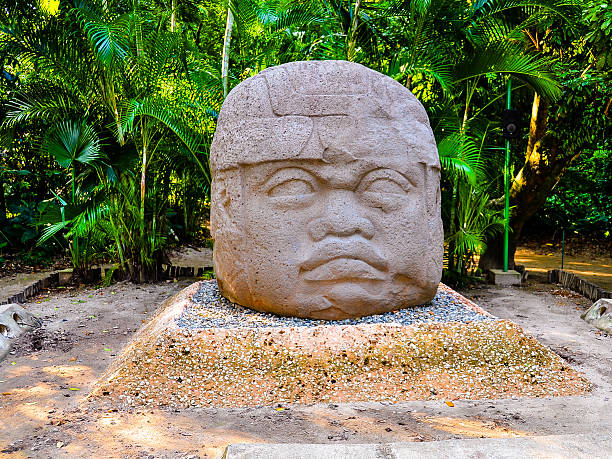In the shadow of one of the world’s most iconic monuments, a small cow tooth has rewritten a fragment of prehistory. Found in 1924 near Stonehenge’s south entrance, the jawbone of a Neolithic cow had long sat quietly in museum collections, largely overlooked. Yet a recent study led by researchers from University College London has revealed that this single tooth holds extraordinary evidence of the monument’s origins and the remarkable journeys undertaken during its construction.
Using advanced isotope analysis, scientists have determined that the cow lived around 2995 to 2900 BCE—right at the time when Stonehenge began to rise on Salisbury Plain. More astonishingly, the tooth indicates that this cow originated in Wales, suggesting it may have played a role in transporting the very bluestones for which the site is famed. In the story of Stonehenge, this cow is emerging as an unexpected and intimate witness to a prehistoric saga spanning hundreds of miles.
Tracing the Cow’s Origins Through Isotopes
The breakthrough came from an innovative examination of the cow’s third molar. Teeth grow in layers, recording the chemistry of an animal’s diet and environment over time. By slicing the tooth into nine horizontal sections, the researchers were able to analyze variations in carbon, oxygen, strontium, and lead isotopes, each providing a different clue to the cow’s life.
Oxygen isotopes revealed that the tooth captured roughly six months of growth, stretching from winter into summer. Carbon isotopes suggested the animal shifted its diet with the seasons, consuming woodland fodder in the winter and grazing on open pastures in summer. Strontium isotopes, derived from the underlying geology of the soils where the cow fed, indicated that these seasonal diets came from different regions—an early hint that the animal may have been moved long distances, or that fodder was brought from elsewhere.
The final layer of chemical evidence came from lead isotopes. Spikes in lead concentrations during late winter and spring pointed to older, Paleozoic rock sources—geology consistent with the Preseli Hills in Pembrokeshire, Wales. These hills are also the source of Stonehenge’s bluestones, the first rocks transported from Wales to Salisbury Plain. Together, these isotope signals weave a story of movement, suggesting that the cow, like the stones themselves, crossed great distances across the Neolithic landscape.
Life of a Cow in Prehistoric Britain
Beyond origins, the tooth reveals a surprisingly detailed biography of the animal itself. The seasonal shifts in diet mirror the rhythms of Neolithic life: shelter and woodland feed during cold months, open pastures in the warmer season. The lead signals hint at physiological stresses, potentially caused by pregnancy or lactation. Using a peptide-based sex determination technique at the University of Manchester, researchers concluded that the cow was very likely female and may have been pregnant during this critical period.
In essence, this tooth provides an intimate snapshot of a single cow’s life—its movements, diet, and even reproductive state—offering unprecedented access to the lived experiences of Neolithic animals. It is remarkable that a fragment of one creature can tell such a vivid story from nearly 5,000 years ago.
Connecting Cattle to Stonehenge’s Construction
For decades, archaeologists have debated how the bluestones of Stonehenge, quarried in Wales, were transported to Salisbury Plain. While some theories suggested human labor alone, the discovery of this cow’s origins introduces tantalizing new possibilities. Could cattle have been used to haul the stones across long distances? The isotopic evidence, combined with the timing of the cow’s life and its journey, supports the idea that animals were integral to these monumental efforts.
Professor Michael Parker Pearson of UCL Archaeology reflects on the significance: “This is yet more fascinating evidence for Stonehenge’s link with south-west Wales, where its bluestones come from. It raises the tantalizing possibility that cattle helped to haul the stones.” It is an image at once practical and poetic: prehistoric humans and their animals cooperating in the creation of one of the greatest mysteries of human history.
A Window Into Prehistoric Life
The research demonstrates that science can uncover extraordinary stories from the most unassuming evidence. By analyzing a single tooth, the team reconstructed not just geographic origins but seasonal diet, physiological stress, and even aspects of social or reproductive life. Professor Jane Evans of the British Geological Survey emphasizes the novelty of the approach: “A slice of one cow tooth has told us an extraordinary tale and, as new scientific tools emerge, we hope there is still more to learn from her long journey.”
Such studies remind us that history is composed not only of monumental events but also of the individual lives that intersect with them. The biography of this cow humanizes the vast, often impersonal narrative of Stonehenge’s construction, revealing the interconnections between humans, animals, and the natural world in the Neolithic era.
Challenging the Grand Narrative
Traditional archaeology often focuses on monumental achievements and the human societies behind them. Yet this research demonstrates the value of a detailed, biographical approach to even a single animal. Richard Madgwick, professor of archaeological science at Cardiff University, notes: “So often grand narratives dominate research on major archaeological sites, but this detailed biographical approach on a single animal provides a brand-new facet to the story of Stonehenge.” By listening to the story embedded in a cow tooth, scientists are able to expand our understanding of the past in ways that large-scale studies alone cannot.
Implications for Future Research
The findings open exciting avenues for archaeology and bioarchaeology. As isotope analysis and peptide-based techniques become more refined, individual animal remains may offer unprecedented detail about prehistoric human-animal relationships, migration patterns, and subsistence strategies. Each bone, tooth, or fragment of tissue becomes a repository of knowledge, capable of revealing both environmental conditions and cultural practices of ancient societies.
In the case of Stonehenge, this research strengthens the link between the monument and Wales while providing tangible evidence of the movement and management of livestock. It is a reminder that monumental architecture and daily life were interconnected, and that even the smallest participants—cattle, in this case—played a role in shaping human history.
A Story Written in Chemistry
Ultimately, the tale of the Stonehenge cow underscores the power of modern science to illuminate the distant past. Through careful chemical analysis, a tooth became a time machine, revealing seasonal cycles, journeys across landscapes, and physiological challenges faced by an individual animal five millennia ago.
The cow’s life, embedded in isotopic signals, tells a story that is at once scientific, historical, and profoundly human. It reminds us that every element of the past—no matter how small—can offer insight, and that science is not just the study of matter, but a way of connecting across time.
In the shadows of Stonehenge, a Neolithic cow’s journey continues to speak, offering a voice from the past that reshapes our understanding of one of humanity’s greatest monuments. Through its tooth, we glimpse a living, breathing world of prehistoric Britain—a world of labor, movement, survival, and cooperation that resonates across 5,000 years of human history.
More information: J. Evans et al, Sequential multi-isotope sampling through a Bos taurus tooth from Stonehenge, to assess comparative sources and incorporation times of strontium and lead, Journal of Archaeological Science (2025). DOI: 10.1016/j.jas.2025.106269
